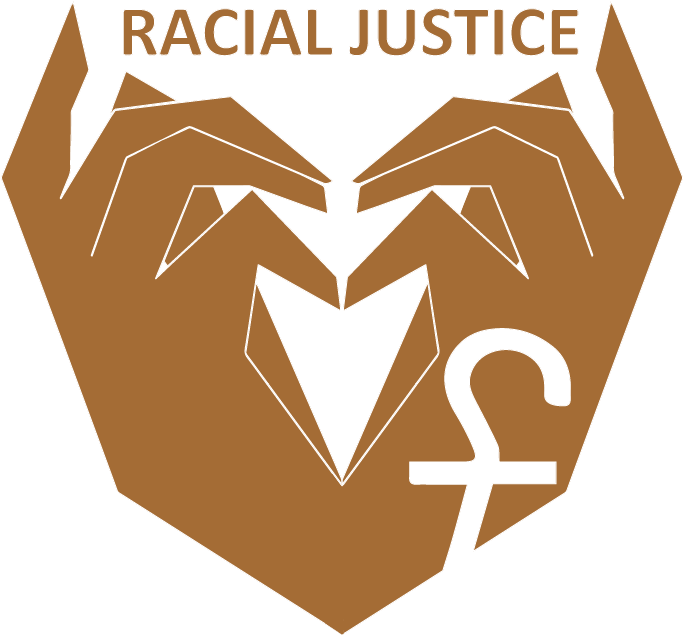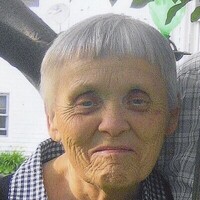Third Sunday of Easter
Good Shepherd Lutheran Church
Decorah, Iowa
Rev. Amy Zalk Larson
Click here to read scripture passages for the day.
Beloved of God, grace to you and peace in the name of Jesus.
I am grateful once again for the chance to collaborate with Pastor Stacey Nalean-Carlson on this sermon. We all need one another to help us hear and share good news!
Have you anything here to eat?
This is one of my favorite lines of scripture. The resurrected Jesus appears to his disciples, asks them for some food and then eats a piece of fish in their presence. This detail always captures my attention – the Savior of the world asking, “Have you anything here to eat.” Has Jesus worked up an appetite? Or, is this some kind of growth spurt? He sounds a lot like my teenagers who take after their very tall dad. He sounds a lot like me over the past year – hmm, maybe I’m hungry. Our grocery bills during this COVID time have been crazy.
I know Luke tells us that Jesus asked for fish in order to convey that he rose from the grave truly, bodily, fully intact with flesh and bones, a mouth and a stomach. But I love that it also invites us to wonder about a savior who hungers. I love that it invites us to wonder about our own appetites, our own hungering, as we grow into witnesses of the resurrection.
When Jesus appears to his disciples, he hasn’t just been resuscitated. He hasn’t just been brought back to life. Jesus has descended to the dead and has broken the power of death. He has been raised up to new life, resurrected. Is it any wonder that he’s hungry? Jesus is hungry – for fish, yes, and hungry for the news of his resurrection to transform this world. Jesus also knows it is a time for a growth spurt. It’s time for his disciples to grow as witnesses and spread this good news that life and love have triumphed.
Jesus tells his disciples, “It is written that that the Messiah is to suffer and to rise from the dead on the third day and that repentance and forgiveness of sins is to be proclaimed in his name to all nations.” And you, he tells them, you are witnesses of these things. You are witnesses that death itself has been defeated. There is now nothing to stand in the way of forgiveness, of healing, of freedom from shame and guilt and regret. There is nothing to stand in the way of reconciliation with God and neighbor, nothing to stand in the way of God’s restorative justice. Through the death and resurrection of Jesus, God’s kingdom of mercy, justice and peace is breaking into this world and transforming it. You are witnesses of these things, Jesus says to his disciples – and that includes us. We are witnesses to what God has done and is doing through Jesus. We are witnesses to resurrection.
Except, Jesus, what about everything else we’ve seen over the past year? What about all the black families who are crying out for their loved ones killed by police? What about police officers struggling under the weight of all that we ask of law enforcement in this violent and racist world? What about attacks against Asians and mass shootings and children at the border and so much suffering caused by COVID? Every day we see the worst of humanity’s brokenness. We see it in situations we want to keep at arm’s length and in tragedies that hit close to home. We see it in the failings of our leaders and in our very own faults and frailties. We see it in the stories that make the news and in the stories known only to us that we keep secret out of fear or shame.
How can we bear witness to resurrection when we see so much grief and pain? Like Jesus, we are hungry, hungry for justice and healing and peace, hungry for transformation. We know it is time for a growth spurt, time for new life, but we are also afraid. We have so many doubts.
We have a lot in common with those first disciples. We’re told that even in their joy at seeing Jesus, they were disbelieving and still wondering. And that’s when Jesus asked them for something to eat. The disciples were stuck in their heads, trying to make sense of it all, trying to figure out how they could have joy and also doubts and fears, trying to figure out how they would explain all this to others.
Jesus broke through all that and brought them back to the present moment by asking for something to eat. Jesus brought them back into their bodies and their hungers and their deepest longings by eating fish in their presence. As he ate, they were reminded of all the ways he had fed them and so many throughout his life on earth. They were reminded of all the meals Jesus shared with outcasts and strangers, that 5,000 hungry people were fed with five loaves and two fish, that he promised to be present always in bread and wine.
As Jesus ate, they saw that we have a savior who shares our hungers. We have a savior who has entered into the world’s brokenness, who is present in it all, who is working new life in the midst of the pain and suffering. We have a savior who not only triumphs over death, we have a savior who comes close and feeds us. As we are fed, Jesus opens our eyes to see God at work. Jesus assures us: Yes, you have seen so much suffering, but you are witnesses to something greater. Our eyes are opened so that even in the most hopeless situations, we witness God at work. Even in the mundane and the dreary, we witness unexpected beauty and joy.
During this pandemic time Jesus has fed the people of Good Shepherd as we’ve shared in Holy Communion in such creative ways: in the backyard, in Spilde’s Walnut Grove next to the church, in the parking lot, on Zoom.
Now, starting next week we will get the chance to gather for full services of Word and Sacrament in the backyard. Thanks be to God.
We will be offering online worship. It will look different as we prioritize the church’s mission of gathering with other bodies as the body of Christ to be fed. Yet, we will still bear witness to the good news online with scripture, preaching and music.
If your health or work schedule prevents you from gathering, I am glad to bring you Holy Communion outside your home.
If you live far from Good Shepherd, I hope you will find a congregation where you can receive Holy Communion as part of the body of Christ. Good Shepherd can help you find a congregation where you live. Contact us via the website.
We hunger for God’s mercy, justice and peace. That is breaking into this world through the death and resurrection of Jesus. We are witnesses to these things. In the face of deep sorrow, Jesus feeds us and opens our eyes so that we can witness God at work.
Thanks be to God.




